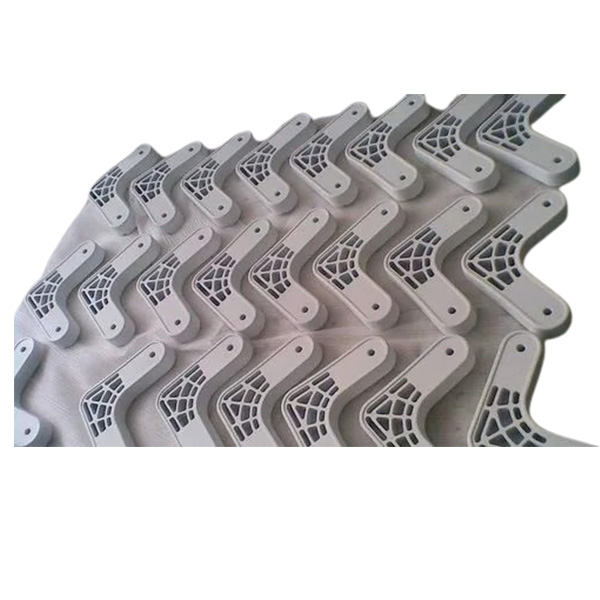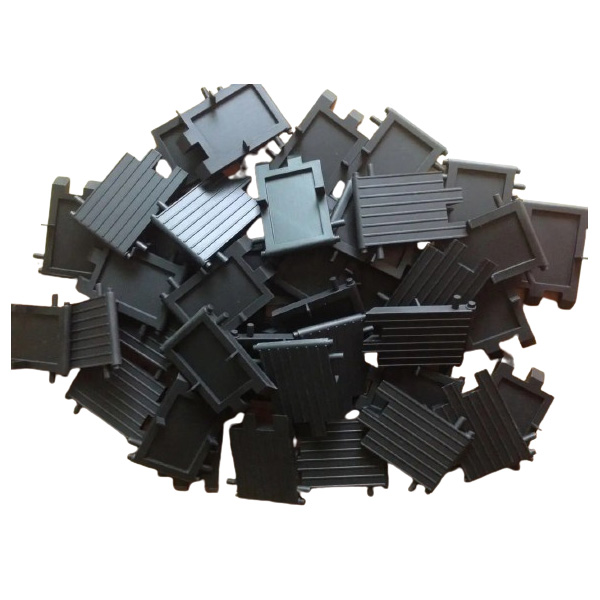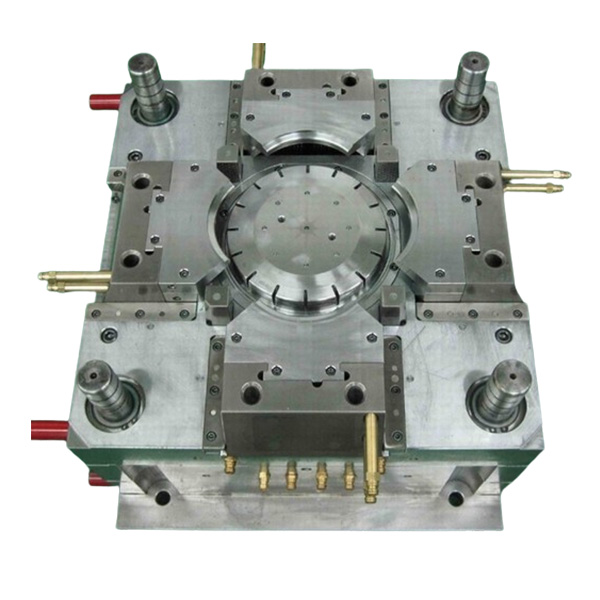12-11/2023
Overmolding is a manufacturing process that combines two or more plastics or metals to create a single part. The first plastic or metal is typically a structural material, such as ABS or nylon. The second plastic generally is a decorative or functional material, such as rubber or silicone.
Overmolded products are used in a wide variety of applications in daily life. Some common examples include:
Automotive parts: Overmolding is used to create a variety of automotive parts, including steering wheels, door handles, and instrument panels. The over-molded parts provide a combination of strength, durability, and aesthetics.
Electronics: Overmolding is used to create a variety of electronic components, including keyboards, mouse buttons, and power cords. The over-molded parts provide a combination of electrical insulation, mechanical strength, and wear resistance.
Medical devices: Overmolding is used to create a variety of medical devices, including syringes, IV bags, and surgical instruments. The over-molded parts provide a combination of biocompatibility, durability, and ease of cleaning.
Household goods: Overmolding is used to create a variety of household goods, including appliances, furniture, and toys. The over-molded parts provide a combination of strength, durability, and aesthetics.
Overall, over-molding is a versatile manufacturing process that can be used to create a wide variety of parts for a variety of applications. The advantages of over-molding make it a popular choice for many manufacturers.




